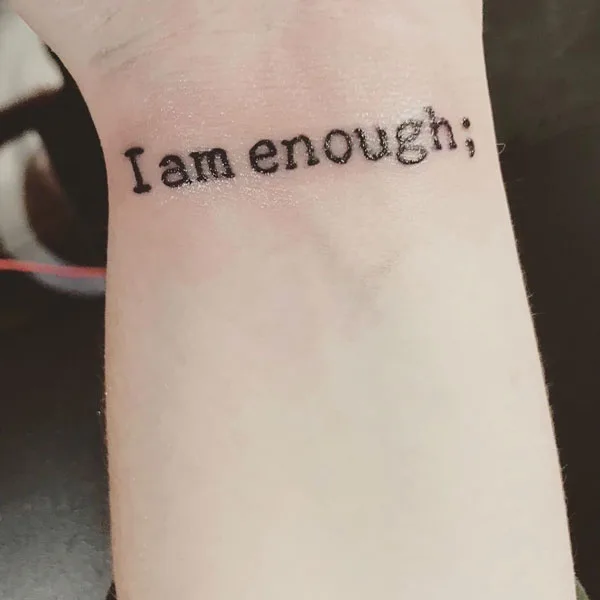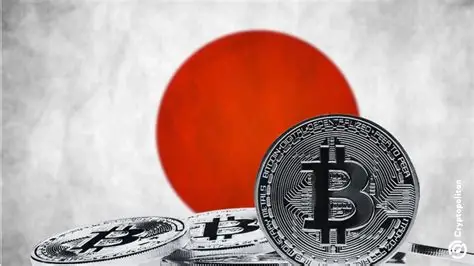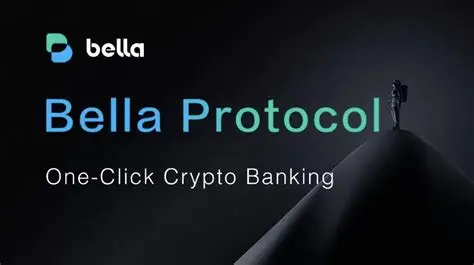
1. The Origin of the Semicolon Tattoo Movement
The semicolon tattoo movement began in 2013 with Project Semicolon, a non-profit organization founded by Amy Bleuel in the United States.
Amy started the project to honor her father, whom she lost to suicide, and to spread a message of mental health awareness and support. She chose the semicolon because, in writing, a semicolon is used when an author could have ended a sentence but decided to continue.
“A semicolon represents a sentence the author could have ended but chose not to. The author is you, and the sentence is your life.”
This powerful metaphor quickly spread worldwide, especially among people struggling with depression, anxiety, bipolar disorder, PTSD, and suicidal thoughts.
2. What the Semicolon Tattoo Represents
A semicolon tattoo carries different meanings for different people, but its central theme is continuation and hope.
Here’s what it symbolizes for many wearers:
-
Survival: Choosing life over giving up.
-
Strength: A reminder of personal battles overcome.
-
Solidarity: Support for others struggling with mental illness.
-
Awareness: Breaking the stigma surrounding mental health.
The tattoo often serves as a quiet message to others: You’re not alone.
3. Why People Get a Semicolon Tattoo
People who get a semicolon tattoo often do so after overcoming a difficult period — such as battling depression, recovering from addiction, or surviving suicidal thoughts.
For others, it’s a tribute to loved ones who’ve struggled or passed away due to mental illness. The tattoo becomes a conversation starter, helping to spread mental health awareness and encourage others to seek help without shame.
Unlike flashy or decorative tattoos, the semicolon is minimal yet deeply emotional, often placed on visible areas like the wrist, behind the ear, or the finger — constant reminders of hope.
4. Common Designs for Mental Health Semicolon Tattoos
While the basic semicolon symbol is simple, many people customize their tattoos with artistic elements that reflect their personal journey.
Some popular styles include:
-
Semicolon with a heart: Represents love, self-compassion, and healing.
-
Semicolon butterfly: Symbolizes transformation and freedom from pain.
-
Semicolon and infinity sign: Stands for endless possibilities and perseverance.
-
Semicolon and cross: Combines faith with mental strength.
-
Semicolon within words: Like “hope;” or “breathe;” — turning the symbol into a part of daily affirmation.
These designs make each tattoo unique while keeping the universal meaning intact.
5. The Tattoo’s Connection to Mental Health Awareness
Beyond personal symbolism, the semicolon tattoo has become a public statement of advocacy. It’s often used during Mental Health Awareness Month (May) and World Suicide Prevention Day (September 10) as a way for people to unite under one message:
“Your story matters.”
By wearing the semicolon, individuals contribute to breaking the silence surrounding mental illness, reducing stigma, and promoting open conversations about emotional well-being.
6. The Emotional Power Behind the Symbol
The semicolon tattoo is not just ink on skin — it’s a visible reminder of invisible struggles.
It’s often described as a badge of courage for people who’ve faced the darkest moments and chosen to continue living.
Many say that each time they see their tattoo, it reminds them of how far they’ve come, or motivates them to keep going when times get hard.
It’s also a sign of empathy, showing others they can safely share their own mental health journeys.
7. Celebrities and Public Figures Supporting the Movement
The semicolon tattoo gained mainstream attention after several celebrities and influencers shared their versions of it, including members of the cast from 13 Reasons Why — a Netflix show centered around teen mental health and suicide awareness.
Their collective participation helped inspire millions to speak up about their experiences and seek help — proving how a simple symbol can create global change.
8. Where to Place Your Semicolon Tattoo
Placement can hold deep personal meaning. Some common locations include:
-
Wrist: Easily visible — a daily reminder of resilience.
-
Behind the ear: Subtle, representing inner strength.
-
Finger or hand: Constant visibility, showing self-expression and advocacy.
-
Collarbone or ankle: More private, for personal motivation.
Ultimately, the placement should feel right for you — wherever you need your reminder most.
9. Healing and Self-Expression Through Tattoos
For many, getting a mental health tattoo is part of a healing process. It symbolizes reclaiming control, expressing emotions, and celebrating survival.
Art therapy — including tattooing — has been shown to help individuals cope with trauma by giving physical form to emotional recovery.
The semicolon tattoo, therefore, becomes both a therapy tool and a statement of purpose — turning pain into power.
10. Conclusion: A Small Mark, A Big Message
The mental health semicolon tattoo carries enormous emotional weight in a small design.
It reminds us that, even when life feels overwhelming, our story is not over — and we have the power to keep writing the next chapter.
Whether worn for self-love, remembrance, or advocacy, the semicolon tattoo remains one of the most meaningful symbols of mental health awareness today — a mark of survival, solidarity, and the strength to continue.





